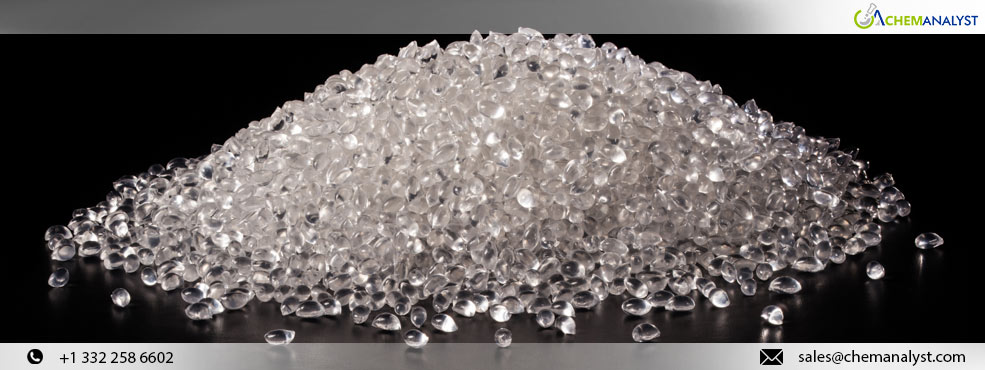Welcome To ChemAnalyst

In mid-March, there was a notable surge in the price of Polyolefin Elastomer (POE). This increase in the POE price is primarily attributed to suppliers accumulating inventories in response to positive developments in the downstream Automobile sectors. The current price movement of the POE reflects a slight rebound from the continuous decline observed in the past few months, indicating a shift in both supplier and market sentiments.
In the European market, especially in Germany, POE prices have reached 2960 USD/MT FD-Hamburg in mid of March marking an increment of 3.49%. In the feedstock market the price of the Ethylene and Propylene witnessed a decline in the respective period. In the Naphtha market, futures for Naphtha have surged past USD 700 per ton, hitting a five-month high due to growing concerns about supply disruptions arising from escalating tensions in the Middle East. The sinking of the UK-owned cargo ship Rubymar in the Red Sea, resulting in significant spillage of fertilizers and oil after an attack by Yemen's Houthi rebels, adds to the uncertainty. Additionally, uncertainties persist regarding ceasefire negotiations between Israel and Hamas. Ukrainian strikes on Russian refineries have also had a notable impact on one of the world's largest exporters, leading to a roughly one-third reduction in total exports. Furthermore, OPEC and its allies have agreed to extend voluntary production cuts until the end of June. This factors have majorly affected in functioning of the feedstock market of POE in the respective period.
In February according to the German Federal Land Transport Authority (KBA), German car sales experienced growth, boosted by an additional leap year day, yet there was a decline in demand for electric models. With a month-on-month increase of 1.77%, a total of 217,388 new cars were registered on German roads, reflecting a 5.4% rise compared to the same month the previous year. Conversely, the German construction sector remained in a contraction phase during the first quarter, although there were indications of a slowdown in the rates of decline in activity, new orders, and employment. The Construction activities in Germany saw an increase after five consecutive months of decline but remained below the threshold limit in February. Data for February showed slower rates of decline in each of the three main construction categories monitored by the survey. Despite these improvements, challenges persisted in the construction sector due to a shortage of new projects, uncertainties among clients, pricing pressures, and overall economic fragility. While new orders continued to decline, the rate of decrease was the least pronounced in six months. These factors collectively impacted the demand for POE in the European market.
Based on ChemAnalyst's forecasts, the price of POE is expected to demonstrate a stable to slightly downward trend in the upcoming sessions. Suppliers of POE are currently hesitant to build up inventories actively due to subdued demand and weaker economic performance. Market participants believe that the downturn in POE prices signals destocking by suppliers, and they are unlikely to initiate new bids for inventory accumulation until there is a reversal in the POE price trend. These factors are expected to influence the price of POE in the upcoming sessions.
We use cookies to deliver the best possible experience on our website. To learn more, visit our Privacy Policy. By continuing to use this site or by closing this box, you consent to our use of cookies. More info.
